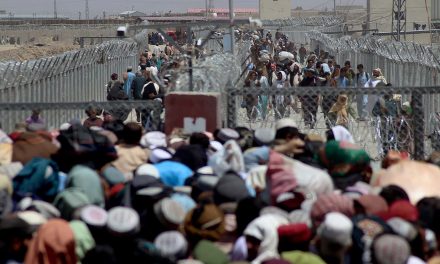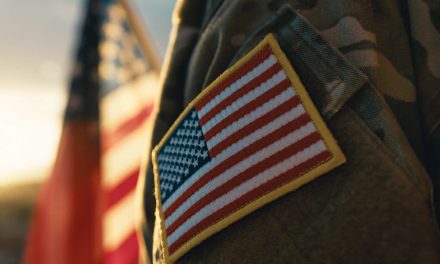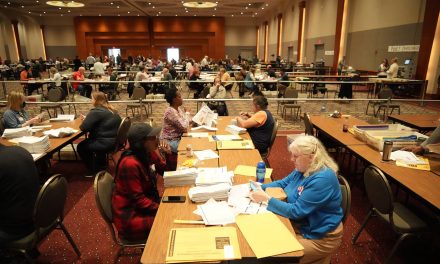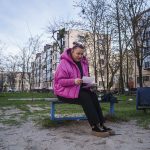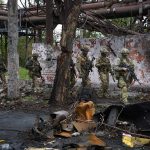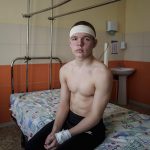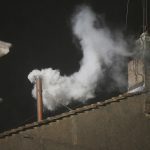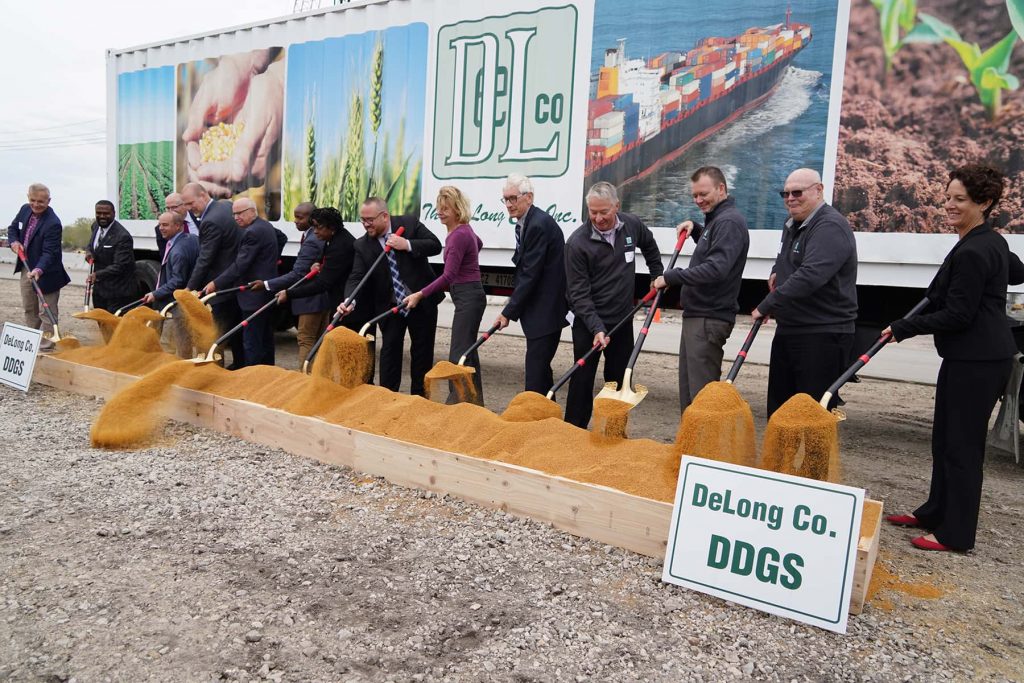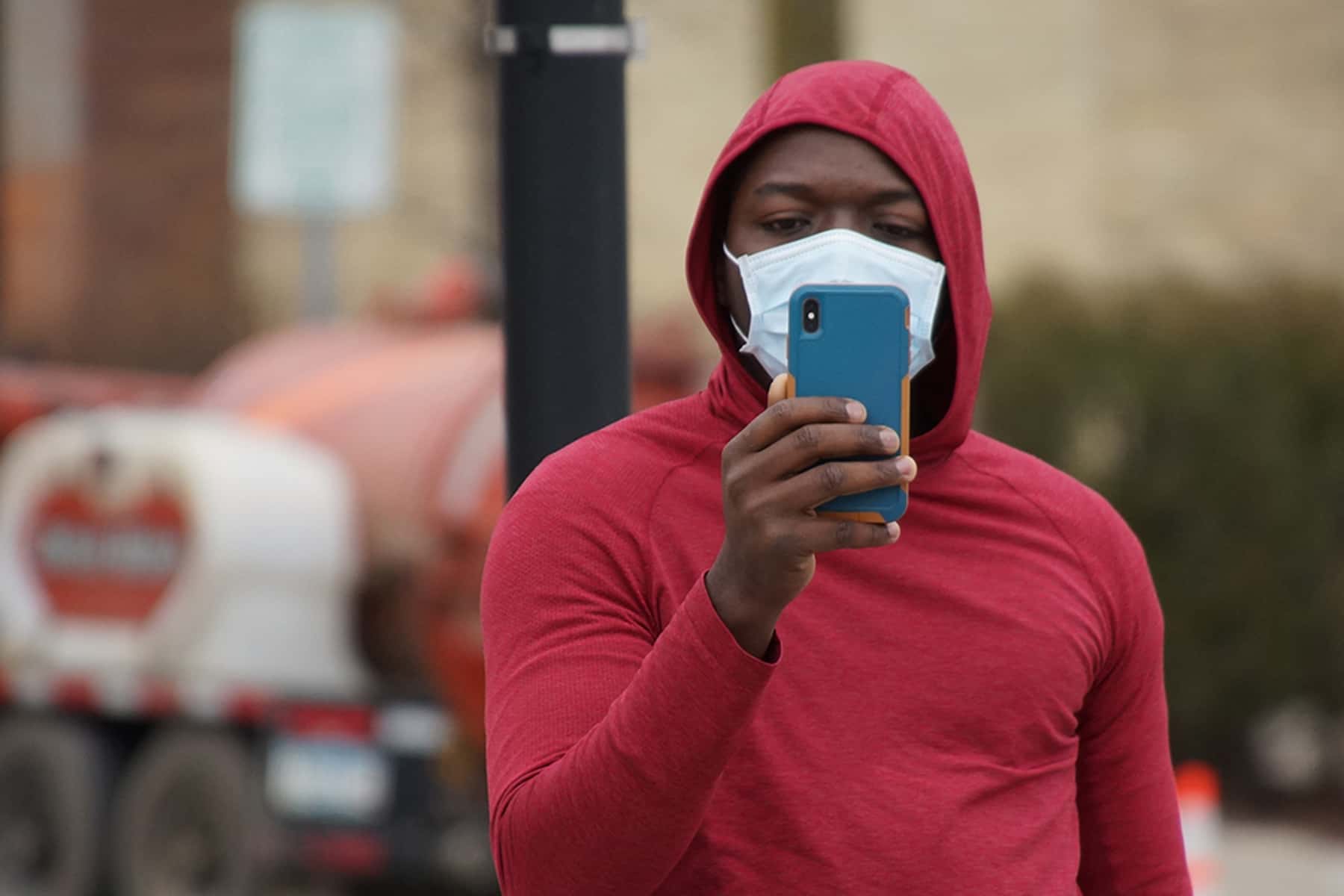
Deaths and confirmed cases of the coronavirus are spiking in Milwaukee’s black community, leading public health and civic leaders to sound the alarm that decades of social, political and economic disadvantages are creating a toxic stew that puts people’s lives at risk like no time before.
Fears about the virus striking inner city, poor neighborhoods harder than others was reverberating across the country, particularly in large urban areas like New York City, Detroit, New Orleans, and Milwaukee.
“I wish I could say I was surprised or shocked by that,” said Joshua Garoon, an assistant professor at the University of Wisconsin-Madison who studies the sociology of public health. “But it’s precisely, given the situation in Wisconsin, what I would expect to see. All else is not equal, especially in a city like Milwaukee.”
Milwaukee is Wisconsin’s largest city, with about 600,000 people, and is home to the state’s largest minority population. As of 2018, black people accounted for about 38% of the city’s population, with about 35% white and 20% Hispanic.
The city is repeatedly ranked as one of the worst for black people in the country, based on income and employment disparities, a wide education gap and high levels of incarceration.
As of March 27, about half of Wisconsin’s deaths and total cases — 411 out of 842 — were in Milwaukee. All eight people who died from the coronavirus in Milwaukee County were black, and seven of the eight lived in the city. The eight deaths were five men and three women, ranging in age from 54 to 79. There were seven other deaths spread throughout the state.
The majority of Milwaukee’s confirmed cases were concentrated in African American neighborhoods, city health leaders said Thursday.
“The severity of this disease in the African American community is a crisis within a crisis,” said Governor Tony Evers. He said a team from the Centers for Disease Control and Prevention were in Milwaukee gathering data.
For most people, the coronavirus causes mild or moderate symptoms, such as fever and cough that clear up in two to three weeks. For some, especially older adults and people with existing health problems, it can cause more severe illness, including pneumonia and death.
David Bowen, a state representative who is black and lives in one of Milwaukee’s African American communities, contracted the virus earlier this month and has been recovering at home. He said it started with body aches and chills.
“I literally could not get warm in my own home,” said Bowen. “I walked around with a winter hat on for days trying to stay warm. Your body is fighting this fever.”
One of those in Milwaukee who died, 69-year-old Lenard Wells, was a former Milwaukee police lieutenant and a mentor to Bowen and others in the black community. Bowen said he is worried that black people are not taking the virus seriously because they’re not getting accurate information. He said families need more resources so they can afford to stay home and safe.
Even if they are presented with all the best information possible, it remains difficult for people in Milwaukee’s poor black community to remain safe because of the densely populated neighborhoods they live in and their economic situation which may force people to leave home for work when it’s safer to stay put, said Garoon, the public health expert.
“If you don’t have options you don’t really have choices,” Garoon said. “We need to be real about how incredibly difficult their lives can be on an every day basis without a pandemic. We need to be seeing government step up on a much more massive scale and providing the assistance that actually allows people to choose to stay at home.”
There is a lot of misinformation in Milwaukee’s black community about the coronavirus, in particular the availability of testing, said Tara Jackson, program manager for the All of Us research project run through UW-Madison’s school of medicine and public health. The project works to collect data for the National Institutes of Health to learn about why some people get sick and others do not.
A lack of public transportation, nearby grocery stores and health care are further barriers to helping people stay safe, said Jackson, who lives in a predominantly black Milwaukee neighborhood.
“People from the community are saying they’re confused,” she said.
Scоtt Bаuеr
Lee Matz

